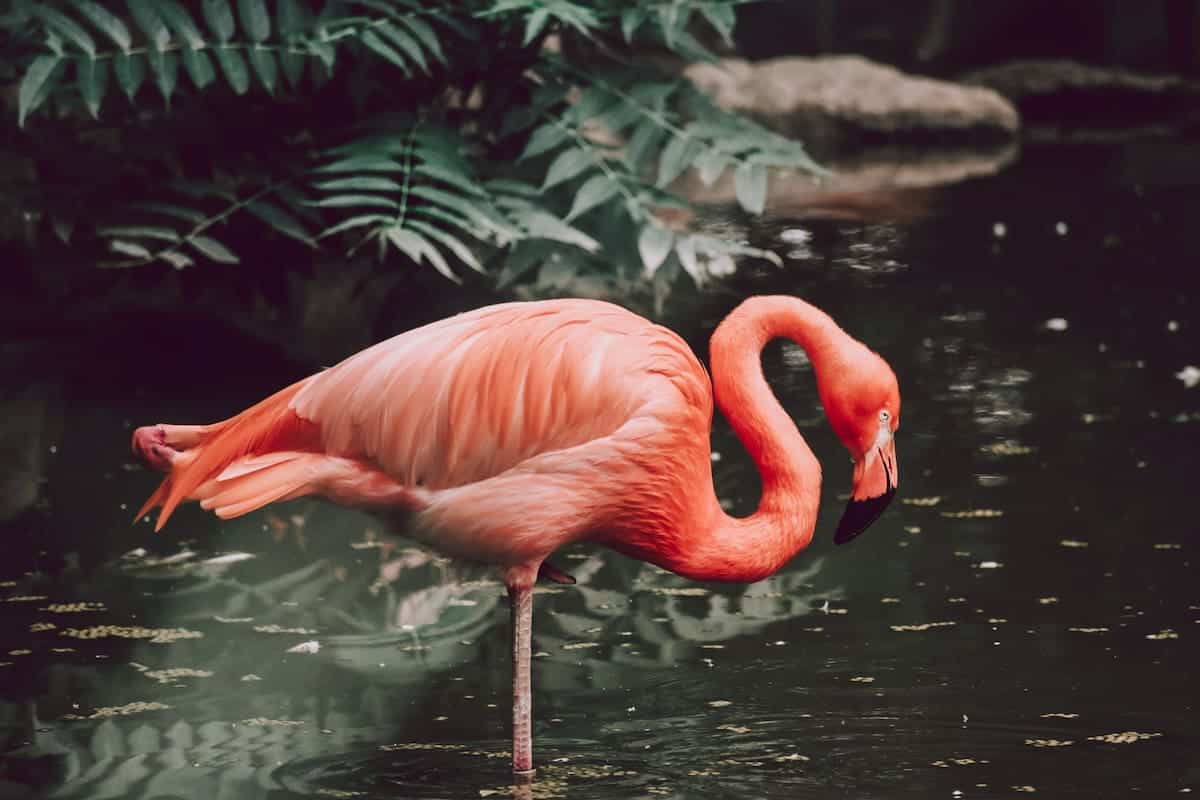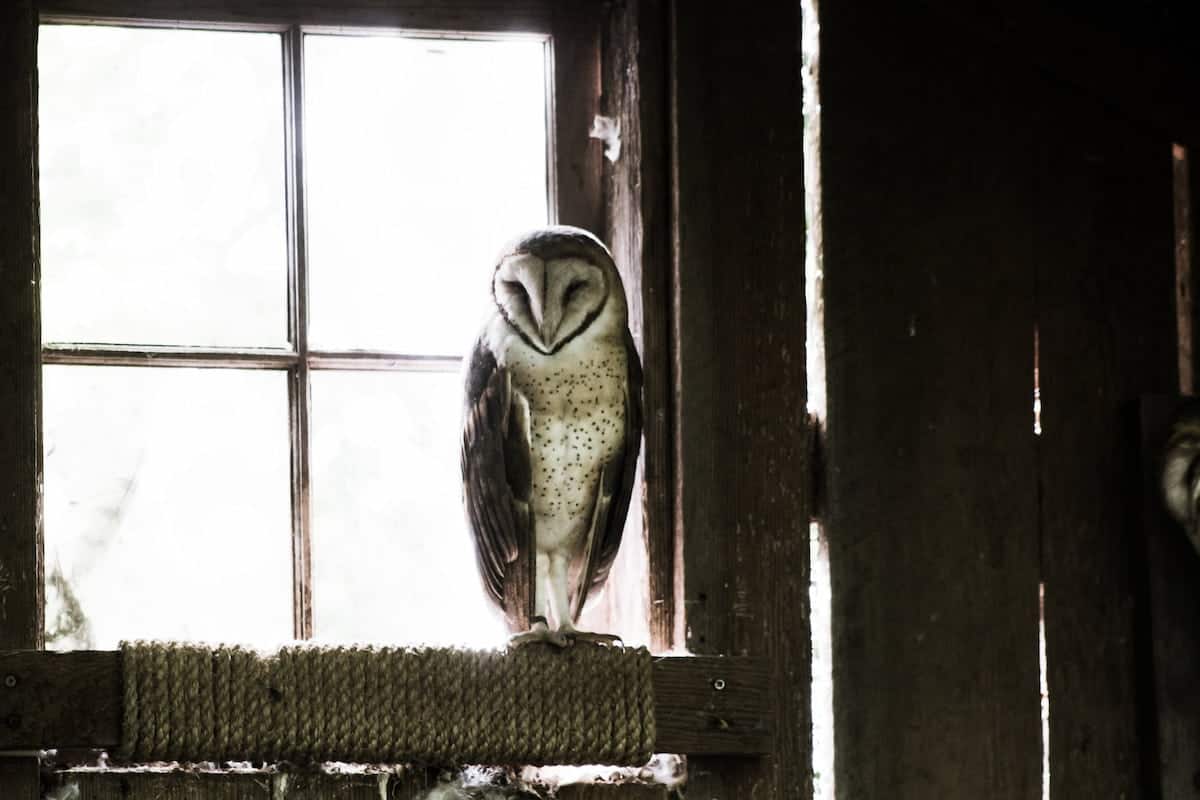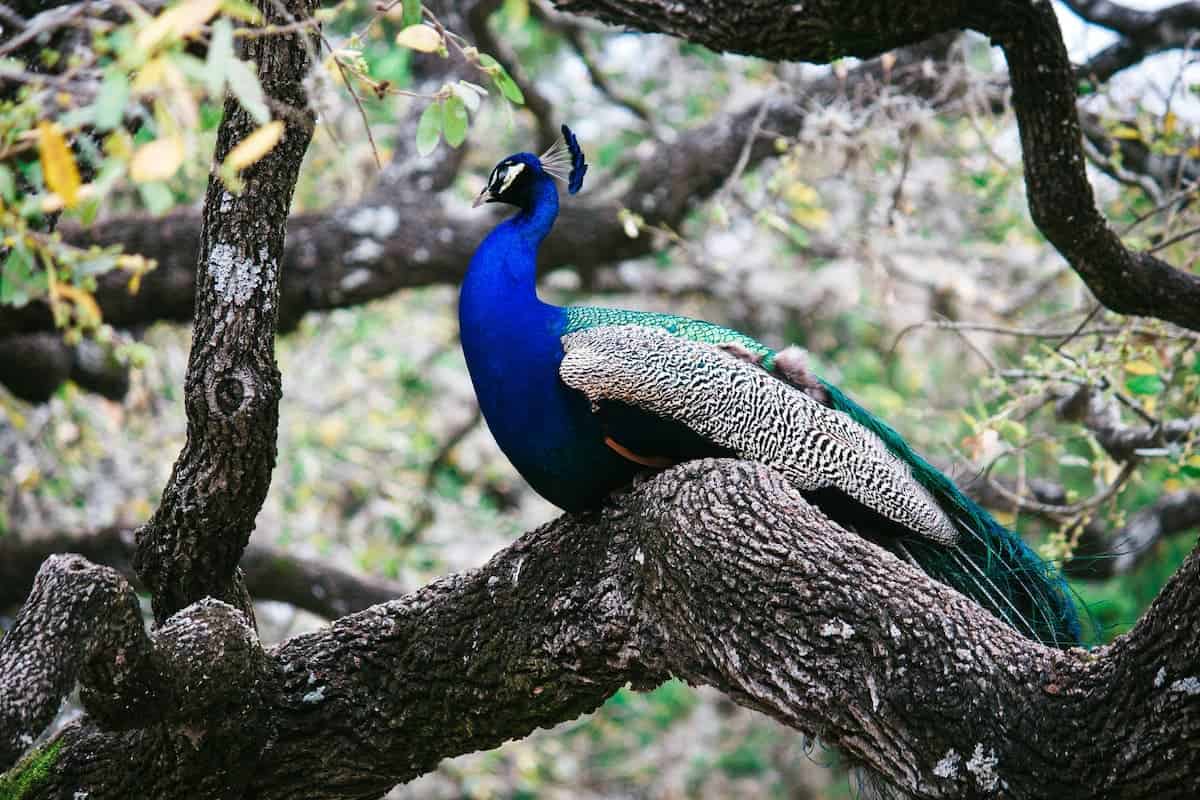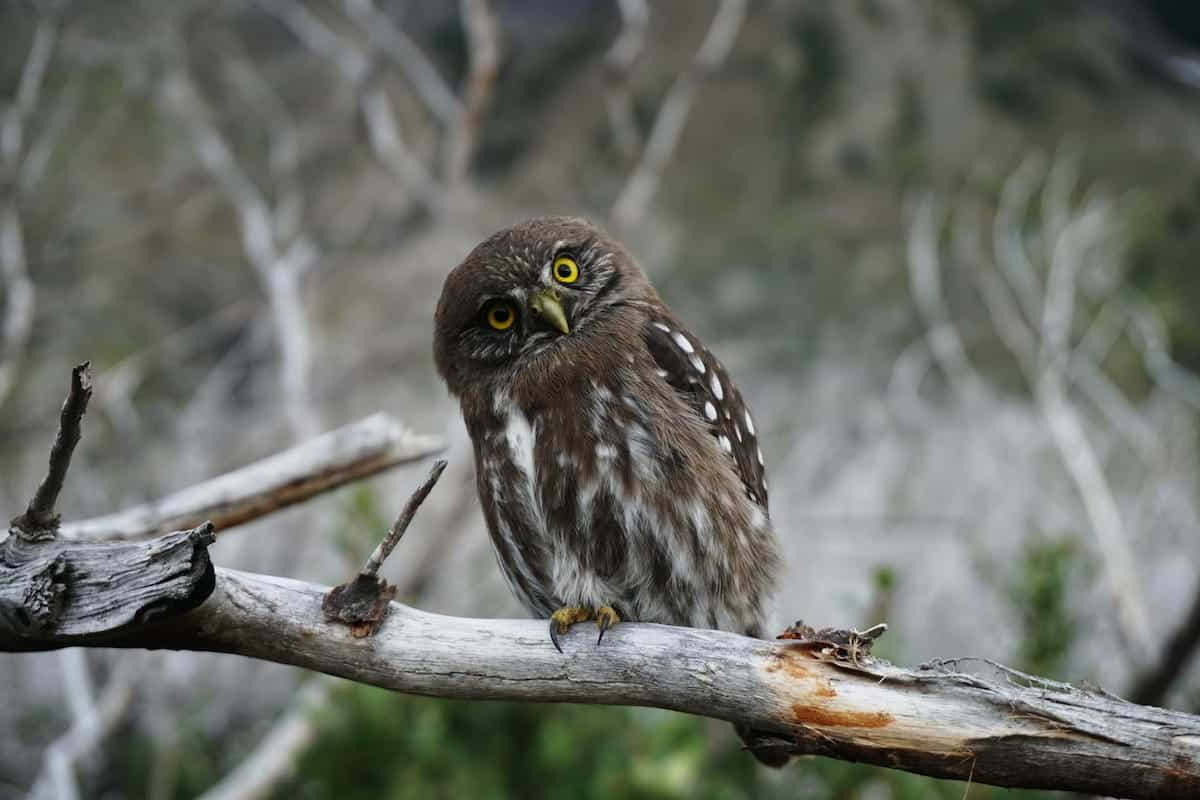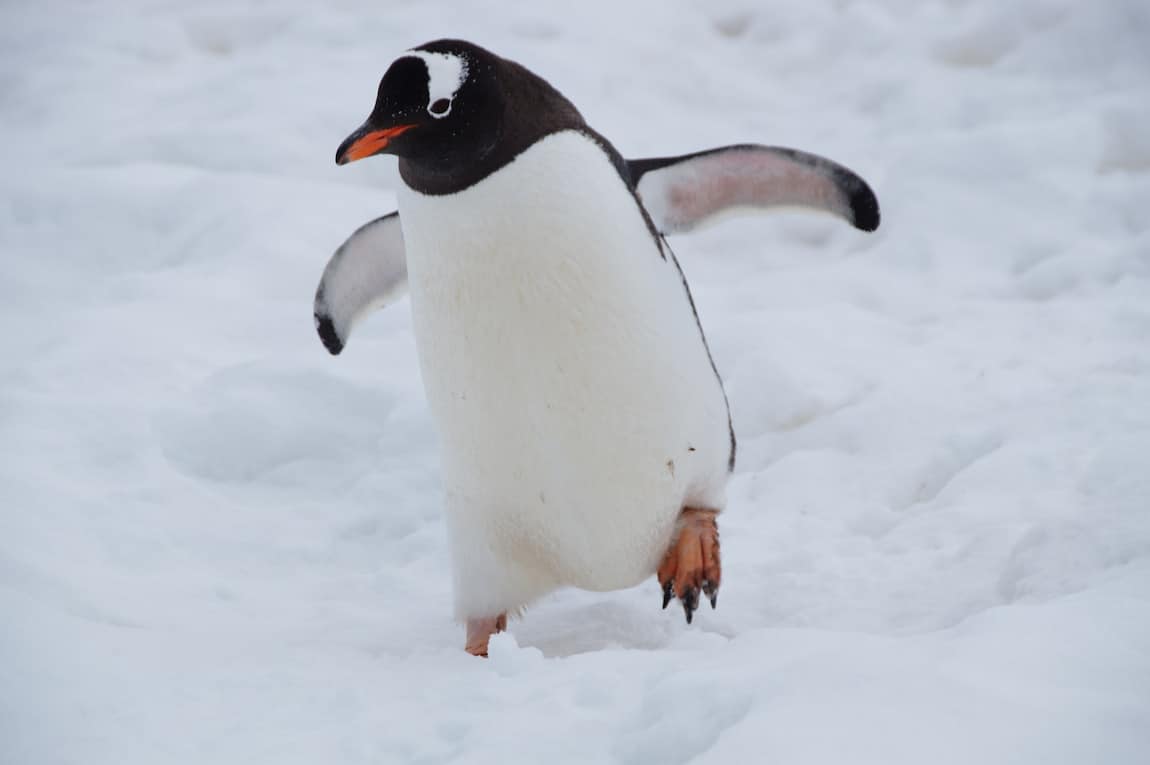The sound of birds chirping often signals the start of a new day. Small land birds may wake you as they chirp outside your window.
Birds are early risers but get up to 12 hours of sleep per day. So, how do birds sleep?
Most species of birds sleep on branches or inside tree cavities. They fluff their feathers to cover their body and tuck their beaks into their back feathers. Some birds sleep standing up while others lie down.
Yet, the sleeping habits of birds vary from one species to the next. Scientists have identified close to 10,000 species of birds.
Birds Sleep with Their Beaks Tucked in
A bird spends a few moments fluffing its feathers after choosing a sleeping spot. The bird then turns its head to face its rear and tucks the beak down into the feathers.
Birds that stand while sleeping pull one leg up to the belly. Birds that sleep lying down tuck their legs under their belly. Some birds keep both legs perched on a branch or other structure.
Tucking the beak and legs helps keep the bird warm as they sleep. The beak and legs are the parts of the bird not covered in soft down feathers.
Birds have down feathers under the outer feathers. The down feathers are short and fluffy while the outer feathers are sleek. The feathers shield the body as temperatures drop during the night. Small birds, such as cardinals, tuck themselves tightly to minimize heat loss.
Some species of birds huddle together to stay warm. This is more common in tree swallows and other small birds. They may cuddle together in trees and shrubs and share their body heat.
Land birds and waterfowl sleep in tree cavities and manmade structures for protection during harsh conditions, such as heavy rain, wind, or snow.
Land Birds Look for a Perch to Sleep on
Songbirds, hummingbirds, and other diurnal species of land birds sleep on tree branches. They typically look for branches with lots of leaves for cover from predators and the elements.
Along with branches, land birds may perch on the ledges of buildings, inside tree cavities, and any other area that provides adequate protection.
Birds are unlikely to fall from their perch. The muscles in the bird’s legs contract after perching. The contraction causes the tendons in the feet to tighten, which creates a vice-like grip on the branch or structure.
Waterfowl Sleep on the Water
Waterfowl, such as ducks and geese, sleep on the water or near the edge of the water. Sleeping on the water protects against predators. An approaching predator creates vibrations in the water, which wake up the bird.
Ducks often find a partially submerged branch or rock to stand on. As with land birds, ducks may tuck one foot up and perch on the branch or rock.
Birds Find a Different Place to Sleep Each Night
Most birds sleep in different places each night instead of perching on the same branch or structure. However, birds tend to stay within a relatively small area. They remain close to their feeding spots but may choose a different branch or tree each night.
Birds May Spend Half Their Lives Sleeping
On average, birds sleep 10 to 12 hours per day. Most species of birds are either diurnal or nocturnal. Nocturnal birds, such as owls and nighthawks, sleep through the day and hunt for food at night.
Songbirds and waterfowl are typically diurnal, which means that they sleep at night. As the sun sets, they look for a place to perch and sleep for the night. They awake when the sun rises.
Birds also take naps. Birds typically nap after a long flight or foraging for food. Naps are also common when the weather is too poor for the birds to search for food. The naps may only last a few minutes.
Migrating birds often take additional naps. For example, certain species of thrush take hundreds of naps during the day as they do not sleep at night during migration.
Bird Can Sleep with One Eye Open
Many species of birds can sleep with one eye open to protect against threats. One half of the brain rests while the other half remains alert, which is called unihemispheric slow-wave sleep (USWS).
USWS allows birds to react quickly if a threat approaches. One-half of the brain and one eye continue to monitor the surrounding environment. In some cases, one eye may open intermittently instead of remaining open.
USWS also allows migrating birds to rest while flying. Migrating birds may allow part of their brains to rest during their flight.
Birds Can Enter a Deep Sleep to Conserve Energy
Hummingbirds and some other species of birds can enter a state of sleep called “nocturnal torpor”. Nocturnal torpor allows the bird to lower its body temperature to conserve energy.
Torpor lowers the bird’s energy requirements by up to 95%. They use 50 times less energy during this type of sleep state.
Mother Birds Rarely Sleep in the Nest with Eggs or Babies
Birds use nests to incubate their eggs and raise their young. However, mother birds rarely sleep in the nest. Nests are typically made inside tree cavities.
The cavities may occur naturally or due to woodpecker activity. The nest barely offers enough room for the eggs and baby birds. Mother birds only sleep inside the nest on particularly cold nights.
Yet, mother birds are never far from the nest. They stay within reach to protect the eggs or babies from predators.
Conclusion
Most species of bird sleep standing up. They perch on a branch or ledge and tuck one leg up into their soft down feathers. They also turn their heads around and tuck their beak in to stay warm.
The sleep habits of birds vary, as there are close to 10,000 species of birds. Some birds sleep at night while others sleep during the day. Despite major differences, almost all species of birds get plenty of rest, sleeping up to 12 hours per day.

